40 how to teach geometry
Analytic geometry. 0/1000 Mastery points. Distance and midpoints. : Analytic geometry. Dividing line segments. : Analytic geometry. Problem solving with distance on the coordinate plane. : Analytic geometry. Parallel & perpendicular lines on the coordinate plane. Another low-prep, high-engagement way to teach geometric transformations is to break out the pattern blocks, tangram shapes, and geoboards. Students can create an original design and then pass their work to a partner to create a reflection, rotation, or translation with it. There are tons of free virtual pattern blocks that students can use, too.
Ask the students to solve it using all the methods you have taught them. Explore Geometry Dynamically Enhance the leaning of the students by using practical ways. Make them make convincing arguments related to the topic discussed. Shift them "because it looks right" to something logical. Use Effective Tools to Assess the Students

How to teach geometry
You won't have to call The First Day of Geometry should be fun and eye opening for your students. They should be able to see this is not going to be a boring year. Build Rapport on the First Day of Geometry. In college they teach you how to do math then you learn how to do remedial things required to teach math. Puzzles, blocks, shape sorters and building toys are fun and engaging elements that inspire young students to learn more about shapes. Paper folding tasks, like origami and airplane making, help students with the tactile aspect of learning geometry.
How to teach geometry. Learn the basics of geometry for free—the core skills you'll need for high school and college math. Full curriculum of exercises and videos. How to Teach Geometry Through Play; Hands-On Geometry Learning Resources. I stock my home with geometry learning tools so that my kids learn the basics of this subset of mathematics through play and exploration in their free time. Pattern blocks are my favorite geometric learning manipulative. Children learn a lot about shapes and angles ... The major aim of geometry at these levels is to develop geometric awareness in students. By this we mean that we want them to develop three things: a feeling for shape and the properties of objects so that they can tell objects apart, classify them and know their basic properties the teaching of the geometry standards in the CCSSM (Common Core State Stan-dards for Mathematics) from grade 4 to high school. The emphasis is on the progres-sion of the mathematical ideas through the grades. It complements the usual writings
Teaches and assesses key geometry concepts, such as faces and edges, symmetry, and 3D shapes. Math Geometry. $0.99. Quiz your students on shapes, angles, transformations, and more. Dragon Shapes: Geometry Challenge. Free. Students practice spatial awareness, visualization, and rotation as they solve tangram puzzles. ×. My almost 2 y/o just started daycare this week and last night he developed a runny nose. He hates the nose Frida, aspirator bulbs, and of course having his face/nose wiped like most toddlers. So I would love to be able to teach him to blow his nose, but I have no idea where to start. How did you teach your toddler to blow their nose? Is there an ideal age range for readiness to learn similar to potty training? I’m open to all suggestions! Thanks in advance! A computer or a tablet is really helpful in the teaching of geometry, because it allows dynamic and interactive manipulations of figures. The student can move, rotate, reflect, or stretch the figure, and observe what properties stay the same. For example, let's say you are teaching about isosceles triangles in 4th grade. Hello all, Next month I am moving from South Alabama to New Hampshire. Where I live now it rarely freezes and NEVER snows. Jackets are not always a necessity in the winter and gloves and scarves are rare. How do you guys dress warmly in professional offices during the winter? I bought some waterproof cap toe shoes and a black topcoat to wear over my suit jacket. Do men wear hats? Scarves? What's normal? I don't want to show up looking like the abominable snowman and confirm what everyone alread...
Drawing practice (for accuracy) Practice the relationships of different shapes (grades 6-8) Hands-on activities (with manipulatives), ideally with some level of inquiry / exploration. Teaching students to explain, prove and show why. Geometry is a subject that builds upon itself. My district is considering switching from a traditional math pathway (algebra 1, geometry, algebra 2) to an integrated pathway. Currently I teach Algebra 1. If we switch I'll be teaching Math 1. I haven't taken a geometry class in over 20 years and I've never taught that content. So I'd like to start reviewing content and working on how to teach geometry & proofs. Have any of you taken an online course that deals with best practices in teaching geometry? Or is there an online reso... Invent a polyhedron and try to make it! Basically, take construction paper, and have them use straightedge and compass to make shapes and subsequently cut them out. The most "appealing" are regular shapes. Since your child is 4, you should probably cut the shapes for them. Here were some especially nice moments: Teachers should start by laying down the agenda of the class and must keep an open platform wherein each and every student must be encouraged to raise questions. Teachers should understand that students will take time in understanding the concepts of mathematics.
They learn best by exploring and making connections to the world around them. To learn about geometry, "students need to be able to feel, touch, sit on things, and go under things," Bobo said. "We want them to explore their everyday surroundings, because that is what teaching geometry is to them."
It seems like kids, specifically younger teenagers, are less and less likely over the years to be able to boot up a laptop, get anything and everything they want, HDMI it to a TV and enjoy. In the last 10 years, the need to do so has admittedly fizzled out a bit. With streaming platforms fracturing into 1,000 different $7.99 per month pieces as of late, that need is coming back, and it's up to older generations to teach the young. I'm 30, and it was my dad who taught me how to use Napster, Lim...
Geometry lessons and games seem to keep my students engaged, happy, and having fun in math while also getting prepped for the "big test." While geometry can be light and fun, the vocabulary understanding needed to fully master geometry is huge! So, a lot of our geometry work focuses on learning and using the vocabulary of the discipline.
How to Teach Geometry. Teaching high school geometry is an important step in expanding your child's foundation in math. It gives them the opportunity to build on their conceptual understanding of rigid transformations established in middle school and make algebraic connections that they've learned in the past.
So, i have a buncha friends that have showed interests in MMO RPG and i thought why not share with them, but i have no idea where to start. The meta has shifted so much that im not even sure if going to the deep caverns is the right play, what should i do?
The first stage in learning about geometry is being able to identify, name, and describe 2-dimensional shapes. Talking about shapes whenever you see them and having shape posters on the wall are helpful to kids! Have plenty of shape manipulatives available to explore and "play" with. Activities
In the classroom To demonstrate the constructions in class we have the usual choices: Compasses and straightedge on a whiteboard or overhead projector. Software such as Geometers Sketchpad (GSP) or GeoGebra. These have the obvious drawbacks; the vertical drawing surface or overhead projection screen is awkward and the students cannot take it home.
The following is just a sample of how technology can be used to teach geometry education in today's classes: Congruent Triangles - A manipulative which allows you to make two triangles out of numerous combinations of angles and sides. Exploring Parallel Lines - Object interactive resource that helps the user explores various aspects of geometry.
About Press Copyright Contact us Creators Advertise Developers Terms Privacy Policy & Safety How YouTube works Test new features Press Copyright Contact us Creators ...
Hello, I've been working on this for at least two weeks now, and I keep running into the same problem. I'm trying to put instances of scales on a pipe controlled by a curve for procedural sneks. I have no problem aligning the Z-axis of my instances to the normal of the source geometry. The problem comes in when aligning the X or Y axes: It seems that since curve to mesh geometry is formed by a profile curve, the tangents of the normals follow the profile (in this case, a curve circle). I'd li...
the teacher’s role in a task-based classroom. This paper also describes three examples of tasks performed in my high school geometry classroom along with my observations of students’ interactions and discussions.
Teaching geometry to elementary students has to take into account the massive amount of vocabulary terms that must be learned to be able to compare, contrast, sort and classify shapes and figures by their attributes. In this blog post, I explain how I use 3 strategies to teach the vocabulary so it sticks.
Geometry Strategies for Middle School This Considerations Packet describes strategies middle school mathematics teachers can incorporate into their teaching of geometry. An overview of the van Hiele Model is followed by a description of how to assess students' level. Strategies for teaching plane figures, perimeter and area, geometric
Geometry proofs can be a painful process for many students (and teachers). Proofs were definitely not my favorite topic to teach. Since they are a major part of most geometry classes, it's important for teachers to have effective strategies for teaching proofs.
The best teaching method to get them to enjoy Geometry is interactive learning. It is hard for the students to keep staring at the chalkboard everyday all day. They get distracted easily and the chalkboard offers no interactive opportunity to exercise their brain.
Geometry. Log in to track progress The mathematics of lines, shapes, and angles. Essential stuff for describing the world around you. « Back to dashboard. 1. Lines and angles Lines, rays, & segments. Learn about lines, rays, and line segments. Angles and degrees.
I distributed a hexagon lattice using geometry nodes. Now, I want to repel a sphere as the sphere gets closer to these hexagons. The repulsion should depend upon how close it is.
I've been wondering, how do people make fonts for GD Texture Packs, like SSOH v2/v3, that font is amazing, and I wanted to create a new one just like it. If anyone knows, please tell me <3
Hello Learn math users, let me give you some background information first, I am a High School math teacher from Dominican Republic, and even though I graduated as the top of my class in university, I'm feeling that I barely learned anything of the algebra and geometry skills needed to have a somewhat deep understanding of these subjects. I bought the books "Algebra and Trigonometry" of Jacqueline Zill and "Elementary Geometry" of Alexander and I started to work with them by units and to do all...
A teacher challenges two girls to use their bodies to make a shape together. They sit down facing each other and stretch their legs apart. With feet touching, they create a diamond. Another child takes a look, sees the diamond shape, and suggests, "If we put someone inside, we can make two triangles."
Nov 20, 2021 · Geometry is the study of shapes and patterns in math, best learned with a foundation of memory and recognition. Learn teaching strategies for basic concepts like recognizing shapes, names ...
Using accurate and specific vocabulary is essential for students to be successful in geometry. Teachers should model using appropriate vocabulary beginning at the early grades to prevent misconceptions and enhance learning through language. In other words, elementary math help begins with math vocabulary.
Hi peeps, For a project I want to have a wave field, which I make from a grid with a mountain sop. When I Use the points from that object in a DopNetwork I want the pops to keep following the point position of the animated geometry until the suction force, sucks them away. Do any of you know how to help me on this? The hip file can be downloaded here: [https://drive.google.com/file/d/18psE3ymXgpSvoPqT8vNHsSM\_RvKPEbKE/view?usp=sharing](https://drive.google.com/file/d/18psE3ymXgpSvoPqT8...
1. Prep by skimming the manual during Sacrament, or don’t read it at all. 2. Ask the class generic question with simple one word answers. Example: “How can we be more obedient?” 3. If nobody answers, call on specific people. 4. “Cool” teachers bring bite size candies to toss at people who participate. 5. Whenever anyone gives simple, generic one world answer; repeat the answer back to them with a word or two of praise (toss them a candy) and write the word on the white board as illegibly as ...
Puzzles, blocks, shape sorters and building toys are fun and engaging elements that inspire young students to learn more about shapes. Paper folding tasks, like origami and airplane making, help students with the tactile aspect of learning geometry.
The First Day of Geometry should be fun and eye opening for your students. They should be able to see this is not going to be a boring year. Build Rapport on the First Day of Geometry. In college they teach you how to do math then you learn how to do remedial things required to teach math.
You won't have to call


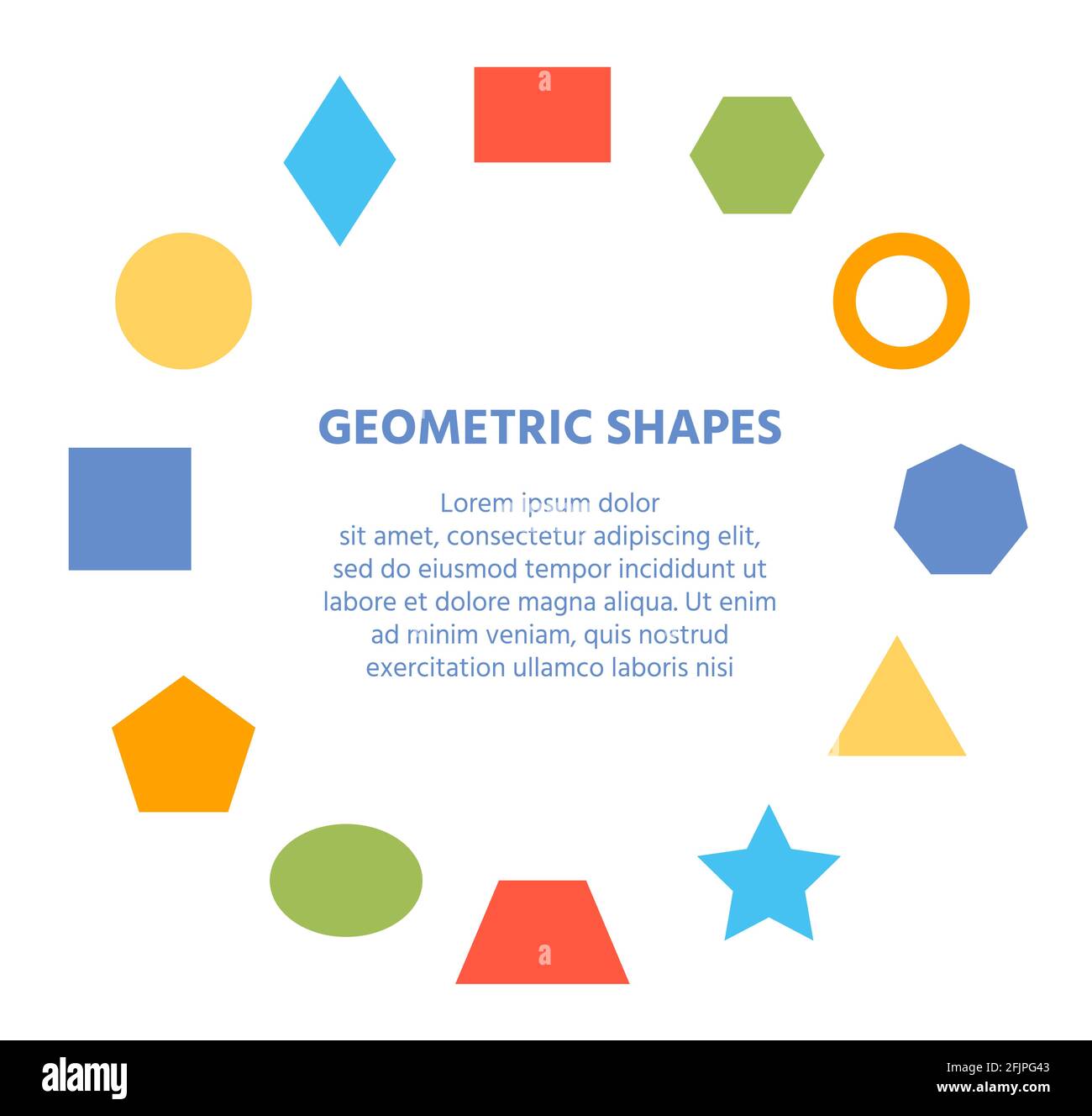
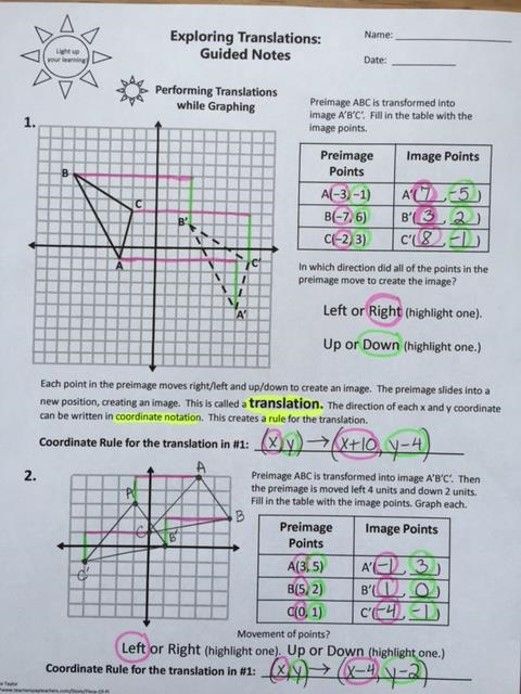








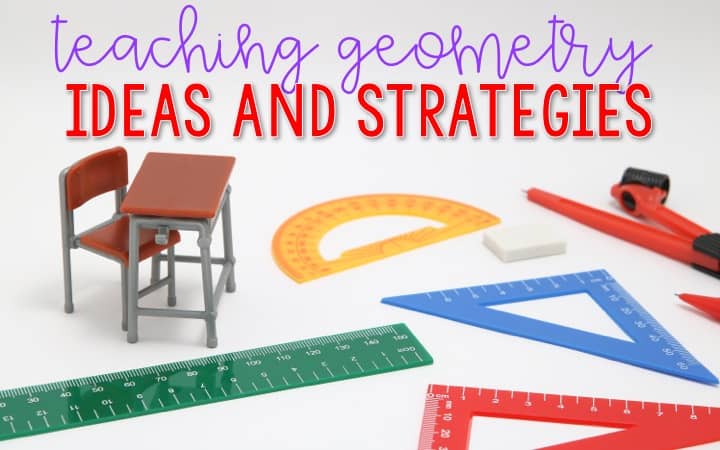
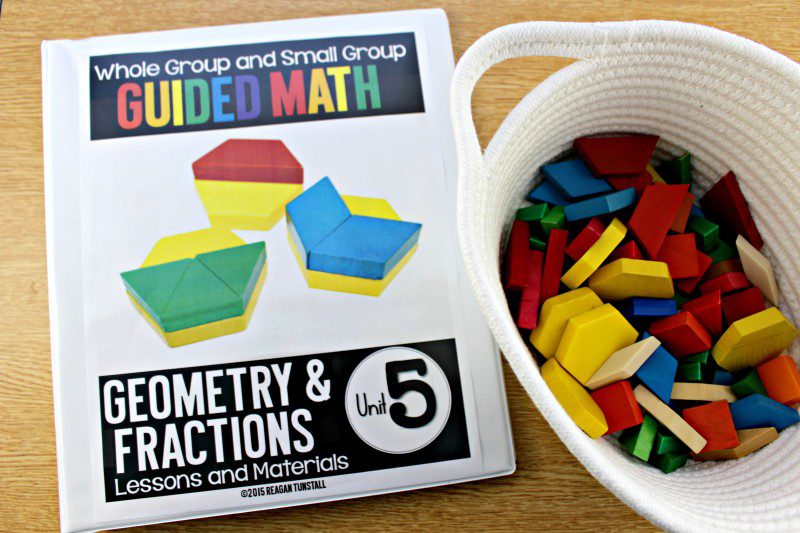

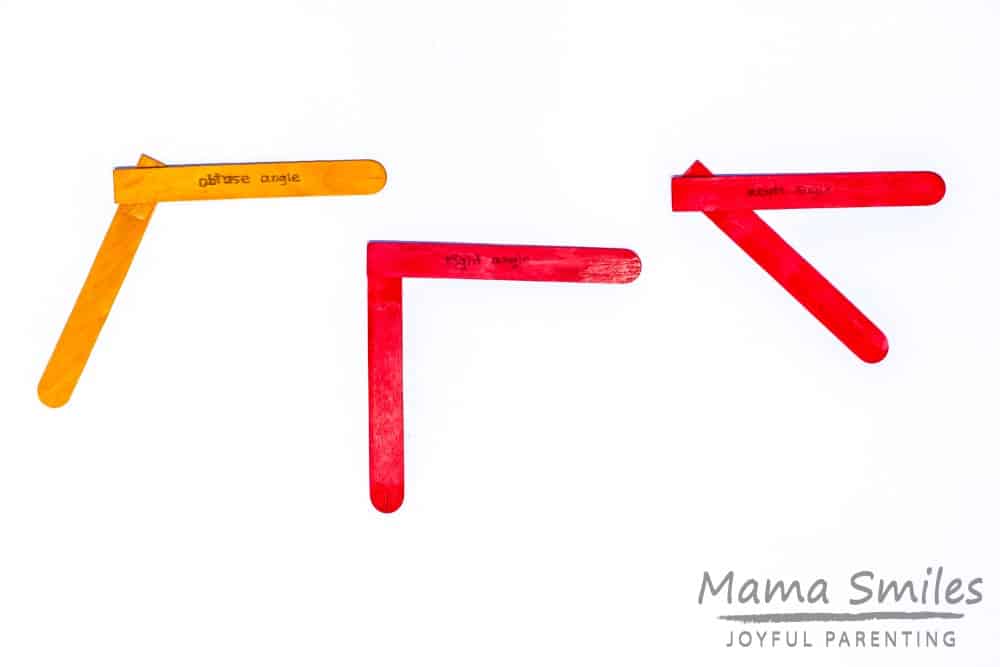







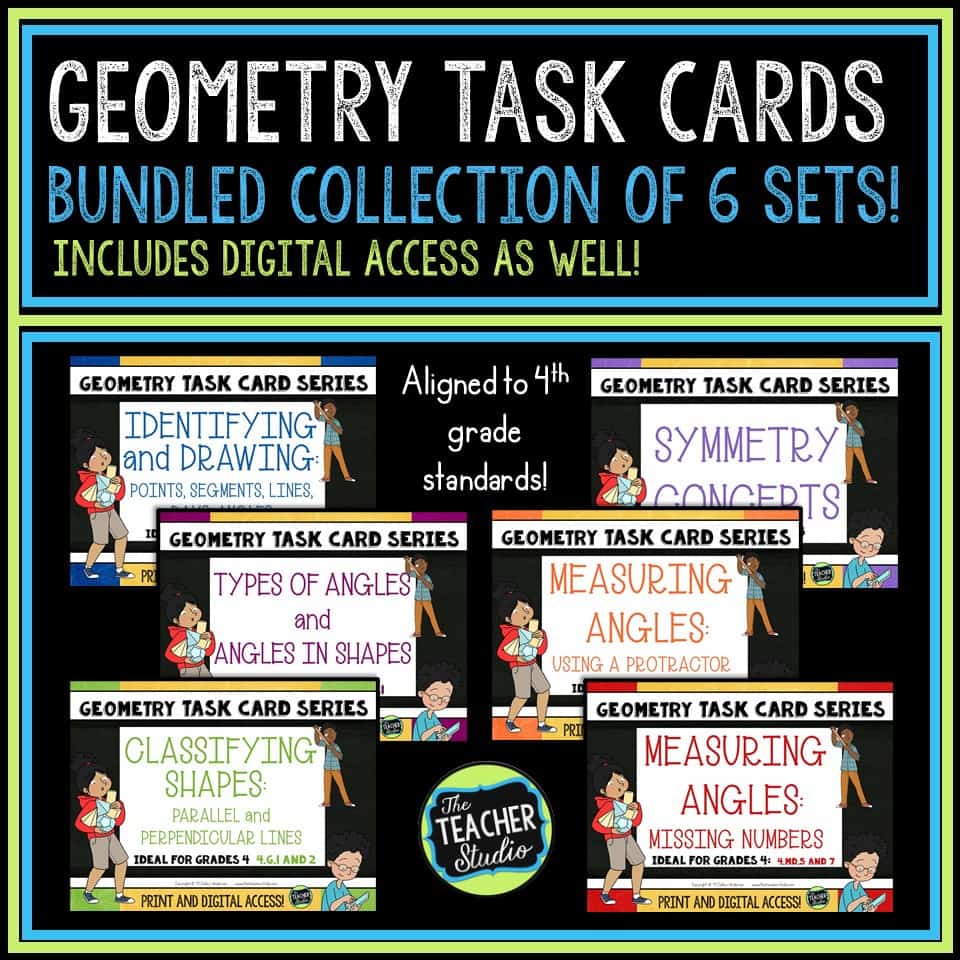

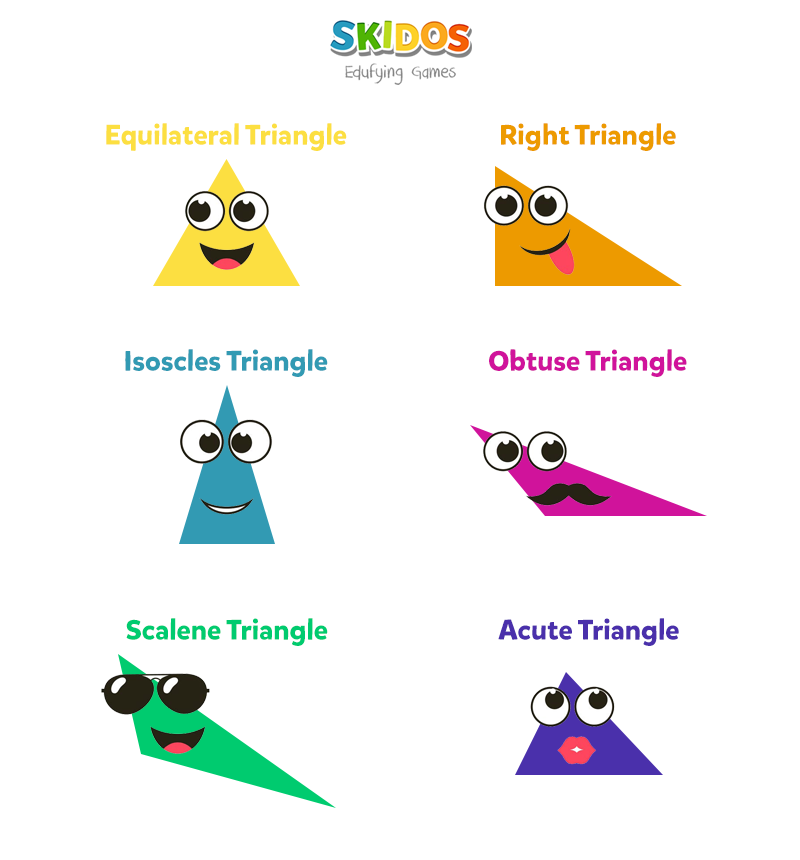
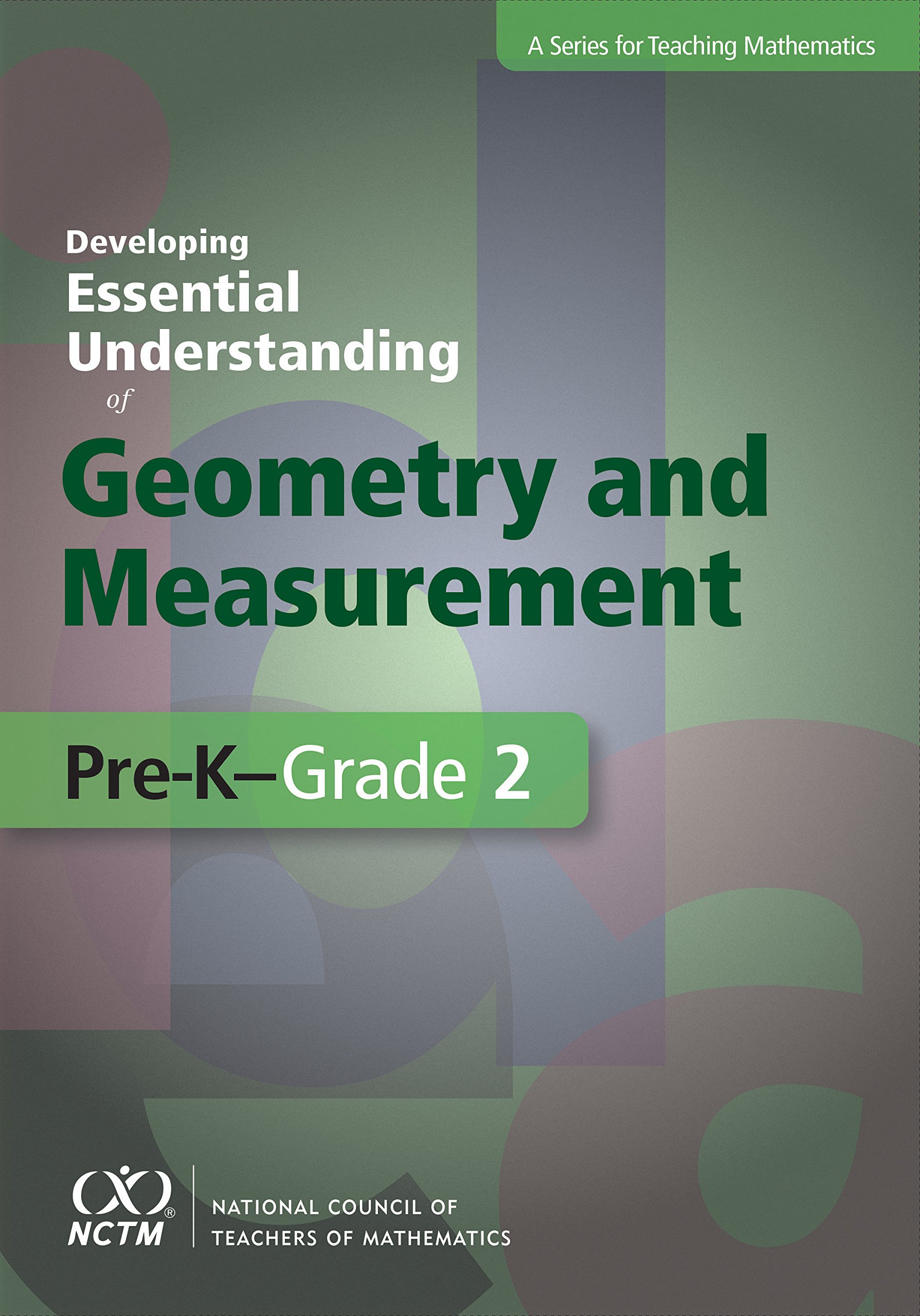
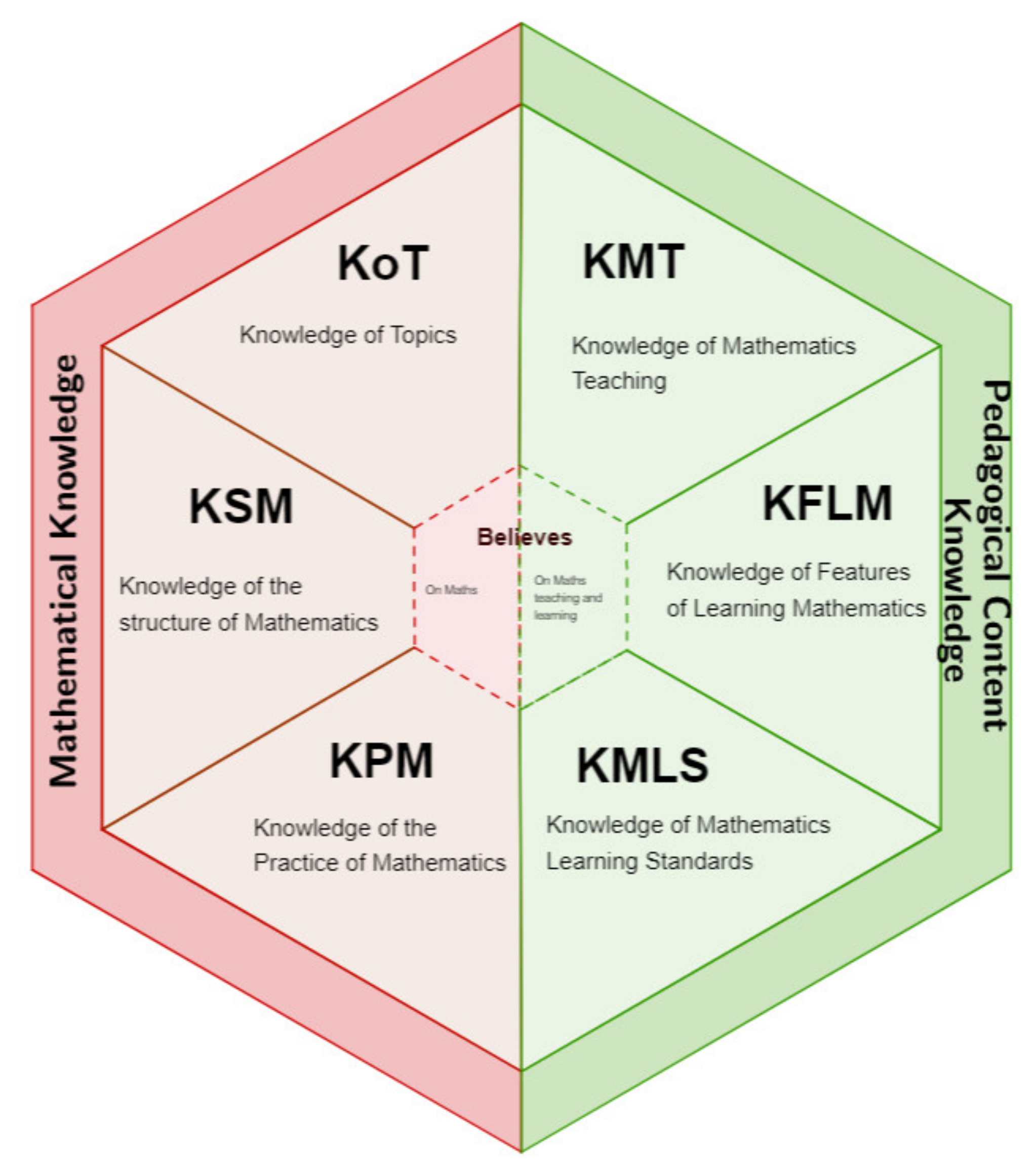
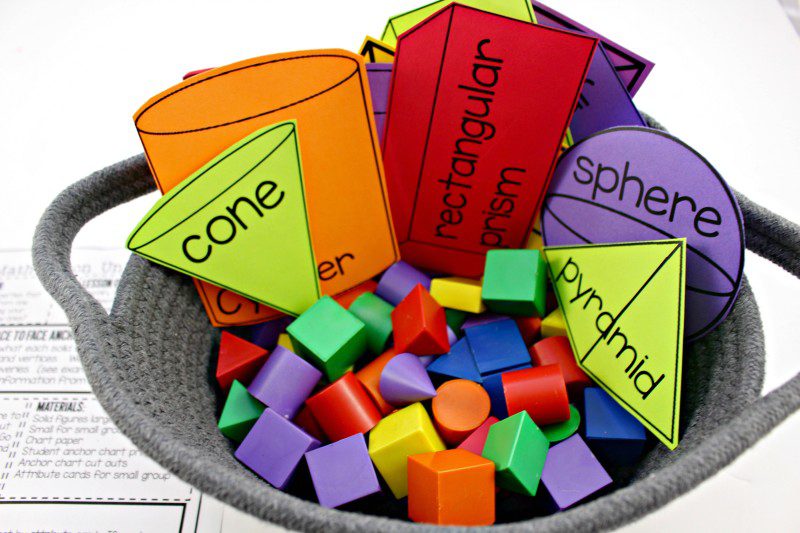
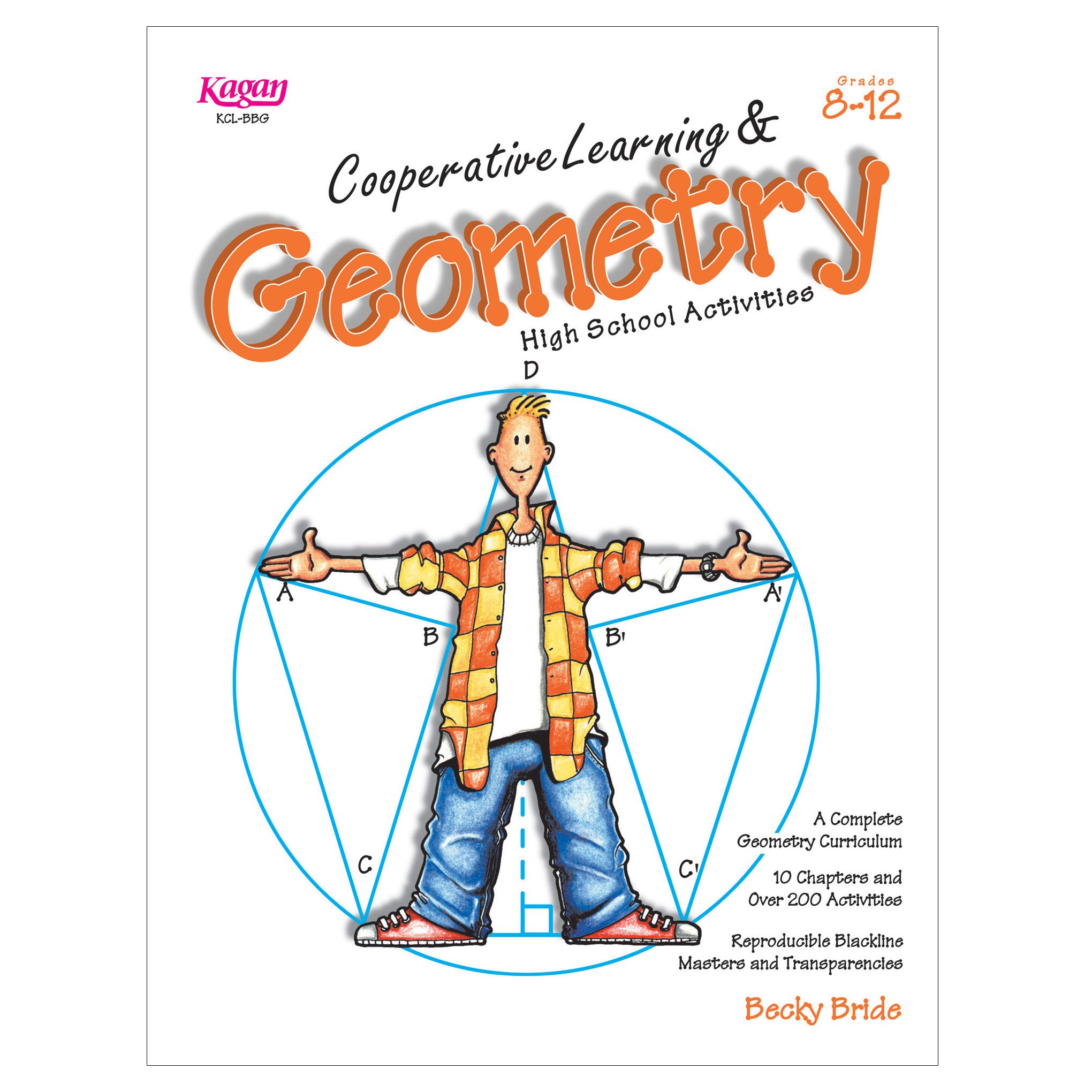
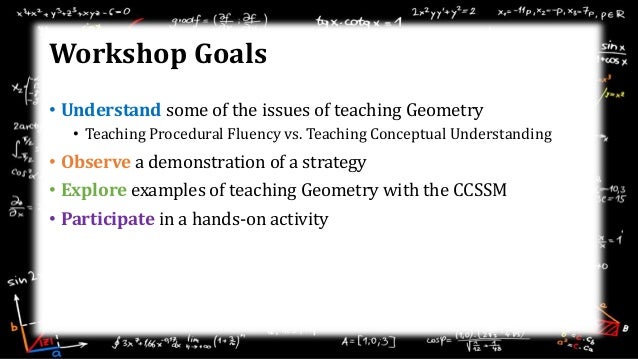


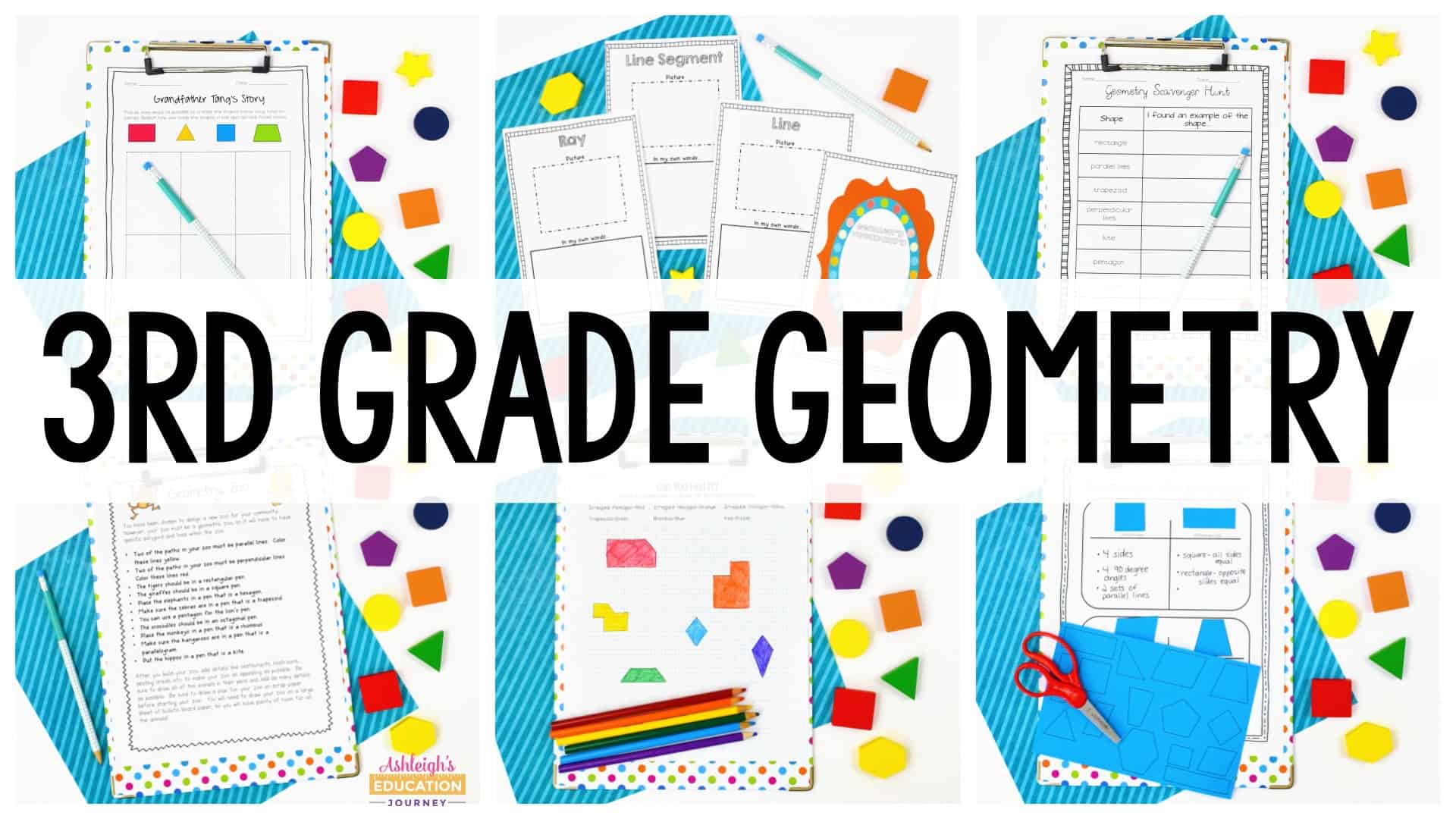

0 Response to "40 how to teach geometry"
Post a Comment